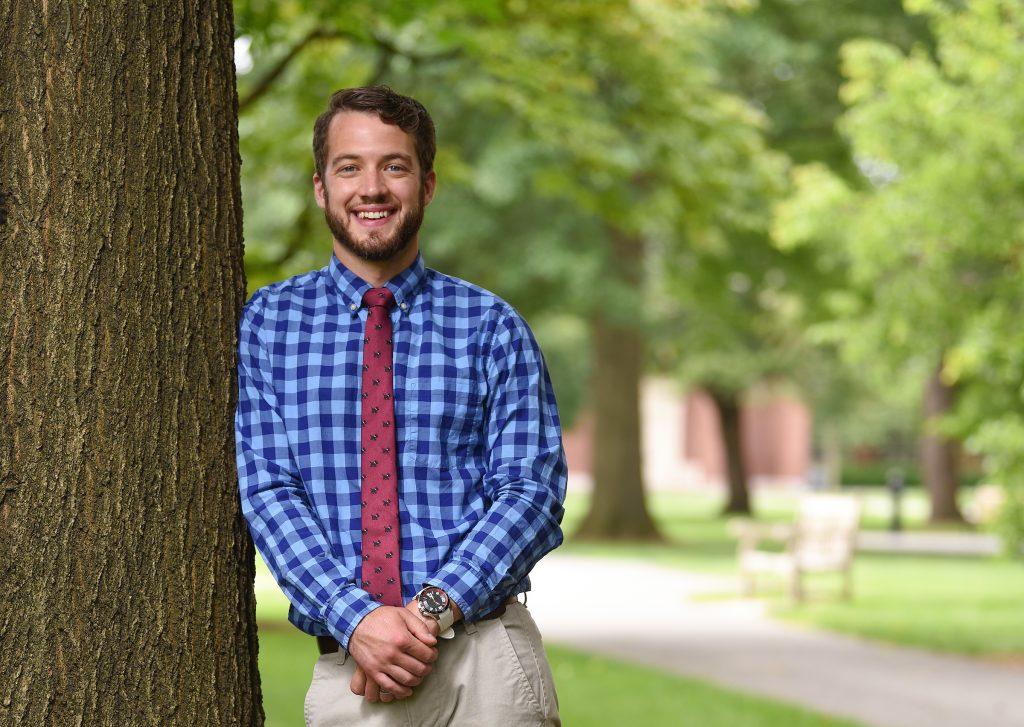LEWISBURG, Pa. — With hip injuries, doctors are frequently challenged by assessing precisely when a patient’s hip is ready for surgery, physical therapy, or a return to the playing field. One way is by assessing hip muscle strength and fatigue, stimulated through exercise.
Now a new study by researchers from Geisinger Health System and Bucknell University, published in Scientific Reports – Nature confirms that among five commonly used exercises, a wall sit is the most effective at producing the desired muscle fatigue and that this muscle fatigue is related to a measurement of knee wobble. The study is the first step in research that may lead to a development of a device that can more quickly and precisely aid clinicians in their assessments.
Orthopedic surgeons currently rely on physical examinations and patient self-reports to gauge muscle fatigue, but according to Geisinger Dr. Mark Seeley, a pediatric orthopaedic specialist, these methods may not accurately reflect the true biomechanical and physiological state of fatigue. Additionally, that fatigue is often dynamic and can vary significantly over time and with different activities.
“This transient nature means that fatigue might not be evident during a short clinical visit, making consistent and reliable evaluation more challenging,” Dr. Seeley says. “The goal of this research was to develop a simple streamline process to assess lower extremity fatigue that could be extrapolated into the clinical setting in future work.”
Dr. Seeley posed that problem to Bucknell Professor Benjamin Wheatley, mechanical engineering, who put his research lab on it. They recruited 24 healthy college-aged participants (14F, 10M) who were asked to perform five standard exercises — a wall sit, single leg squat, lateral recumbent side leg raise (hip abduction), prone hip extension, and standing single knee raise (standing hip flexion). They measured hip muscle fatigue produced by each exercise and study reports that the wall sit most reliably fatigued hip muscles and that the amount of knee wobble was strongly associated with muscle fatigue.

“This provides doctors with standardized activities in the clinic to give them quantifiable data on whether the patient is ready for surgery, or other treatment, or a return to the playing field,” Wheatley says.
Wheatley and his lab team will soon begin development of a device that may someday be used by doctors, physical therapists, or athletic trainers in knee assessments of their patients.
“We want to have a low profile device that can be strapped to the knee that not only measures data to assess knee wobble, but performs an analysis on the data using machine learning,” Whealey says. “The analysis from that sensor would produce a single number for the health professional to use, like a quantitative strength assessment.”
###
CONTACTS: Wheatley, 570-577-3883, b.wheatley@bucknell.edu; Mike McMullen, Geisinger communications specialist, 814-502-8998, mmmcmullen@geisinger.edu; Mike Ferlazzo, 570-577-3212, 570-238-6266 (c), mike.ferlazzo@bucknell.edu